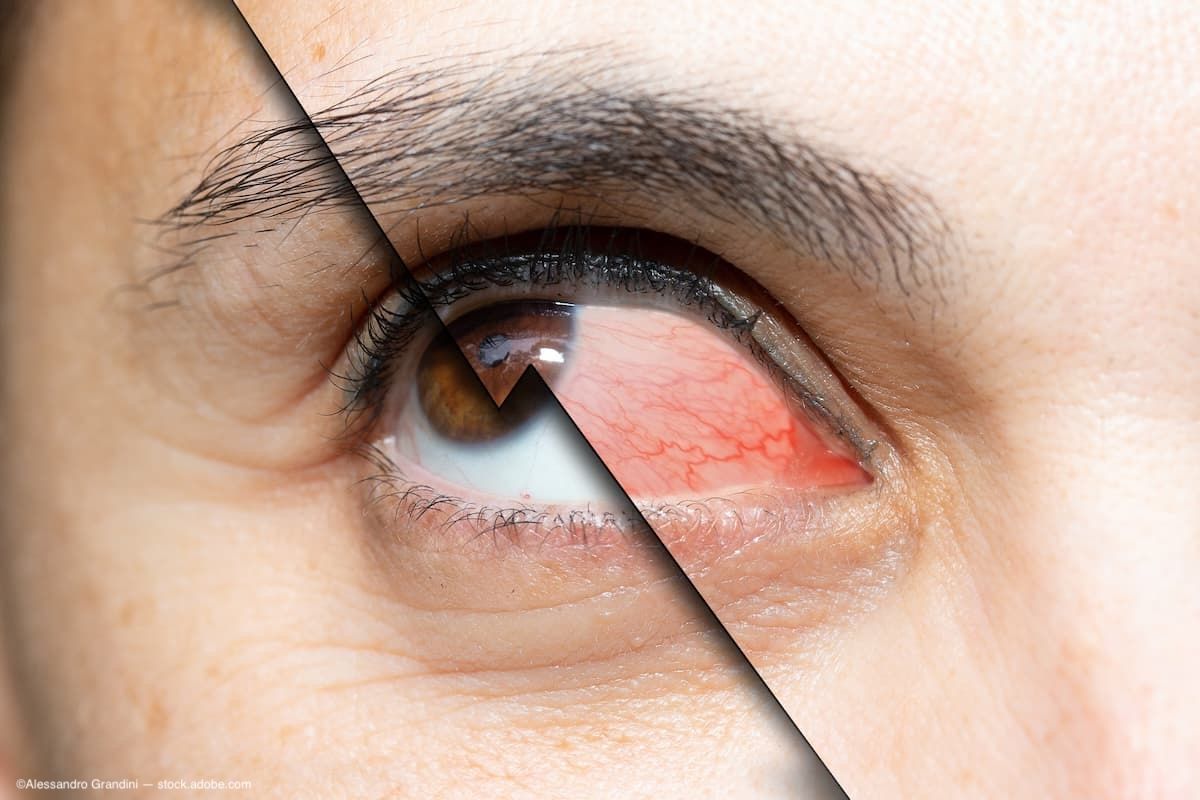Article
Visual impairment may lead to increased risk of suicide
A recent report in the July issue of Archives of Ophthalmology found that visual impairment might be associated with an increased risk of suicide through its indirect negative effect on health.
Miami-The psychosocial and health consequences that go along with visual impairment include impaired activities of daily living, social isolation, mental impairment, increased dependency on others, increased motor vehicle crashes, falls and fractures, depression, and poor self-rated health. These seem to be some of the reasons why a recent report in the July issue of Archives of Ophthalmology found that visual impairment might be associated with an increased risk of suicide through its indirect negative effect on health.
Data were reviewed from national health surveys, including 137,479 participants, that were conducted between 1986 and 1996. Demographic information, details about the visual impairment, and other health conditions were included. Through the National Death Index, deaths of participants up until 2002 were verified.
Two hundred suicide deaths were identified during an average 11 years of follow-up. "After controlling for survey design, age, sex, race, marital status, number of non-ocular health conditions, and self-rated health, the direct effect of visual impairment on death from suicide was elevated (increased by 50%) but not significant," wrote Byron L. Lam, MD, of Bascom Palmer Eye Institute, University of Miami School of Medicine, and colleagues. "The combined indirect effects of reported visual impairment operating jointly through poorer self-rated health and a higher number of reported non-ocular conditions increased the risk of suicide significantly by 18%."
"In summary, we observed that reported visual impairment increased suicide risk, particularly indirectly via reported health status and health conditions," the authors conclude. "Our results suggest improved treatments of visual impairment and factors causing poor health could potentially reduce suicide risk."
Newsletter
Don’t miss out—get Ophthalmology Times updates on the latest clinical advancements and expert interviews, straight to your inbox.




